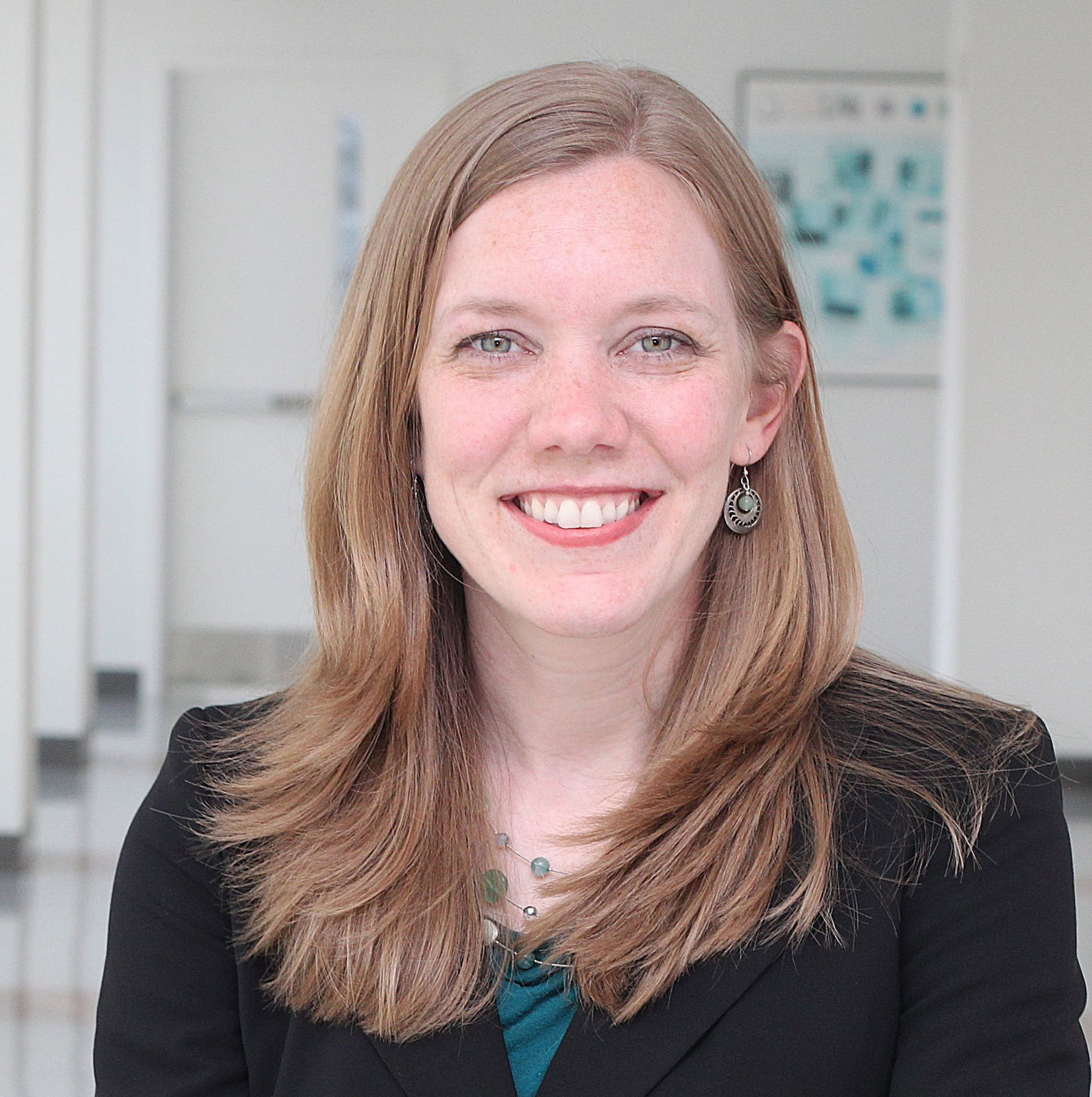A key breakthrough on gravitational waves. Unmanned vehicles for the military.
Those are just a couple of Maryland projects that involved scientists under the age of 40.
The contributions were recognized on Nov. 15 at the Maryland Science Center. The Outstanding Young Scientist and Outstanding Young Engineer awards are open to nominees who are 35 years old or younger in academia, or 40 years old or younger in other fields.
“Our 2017 recipients come from such a variety of fields, it demonstrates just how many opportunities there are for young people to made our world a better place through science and engineering,” Stephen Schenkel, chair of the Maryland Academy of Sciences’ Scientific Council, said in a statement.
The awards also represent a chance to get a glimpse of some of the work going on around the state that happens in labs and government projects. Here’s a look:
Outstanding Young Scientists
Dr. Kimberly Stroka, for discovering a new mechanism for tumor cell migration presenting the potential for new targets in treating the spread of tumors. The assistant professor directs the Cell and Microenvironment Engineering Lab at the University of Maryland College Park. It’s better known around campus as the Stroka Lab.
Dr. Philip Graff, who was lead developer for a key algorithm at the Laser Interferometry Gravitational Wave Observatory. The work, completed while he was at Goddard Space Flight Center, contributed to this year’s landmark detection of two black holes merging, which confirmed Einstein’s earlier prediction. Graff now works at the Johns Hopkins Applied Physics Laboratory, where he works on cybersecurity for U.S. computer networks and the armed forces.

Outstanding Young Engineers
Dr. Lee Blaney, a UMBC professor of Chemical, Biochemical and Environmental Engineering who is developing technology that can recover nutrients from poultry farms. Specifically, Blaney works to extract phosphorous from chicken manure. The nutrient is a source of pollution in the Chesapeake Bay, but is useful to farmers as fertilizer.
Dr. Adam Watkins, for work on autonomous vehicle technology. The JHU APL mechanical and aerospace engineer developed a system to rapidly generate maps of Weapons of Mass Destruction storage locations, and led research on using unmanned vehicles to protect Navy ships. (APL released footage of self-driving boats last year.)







